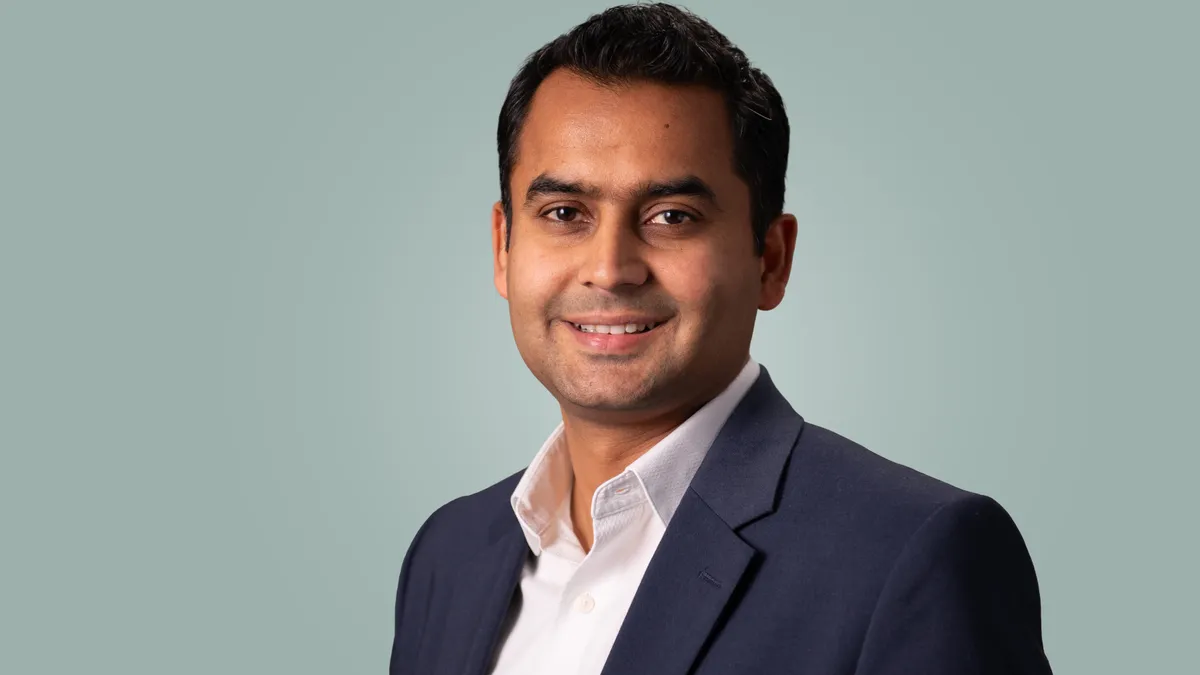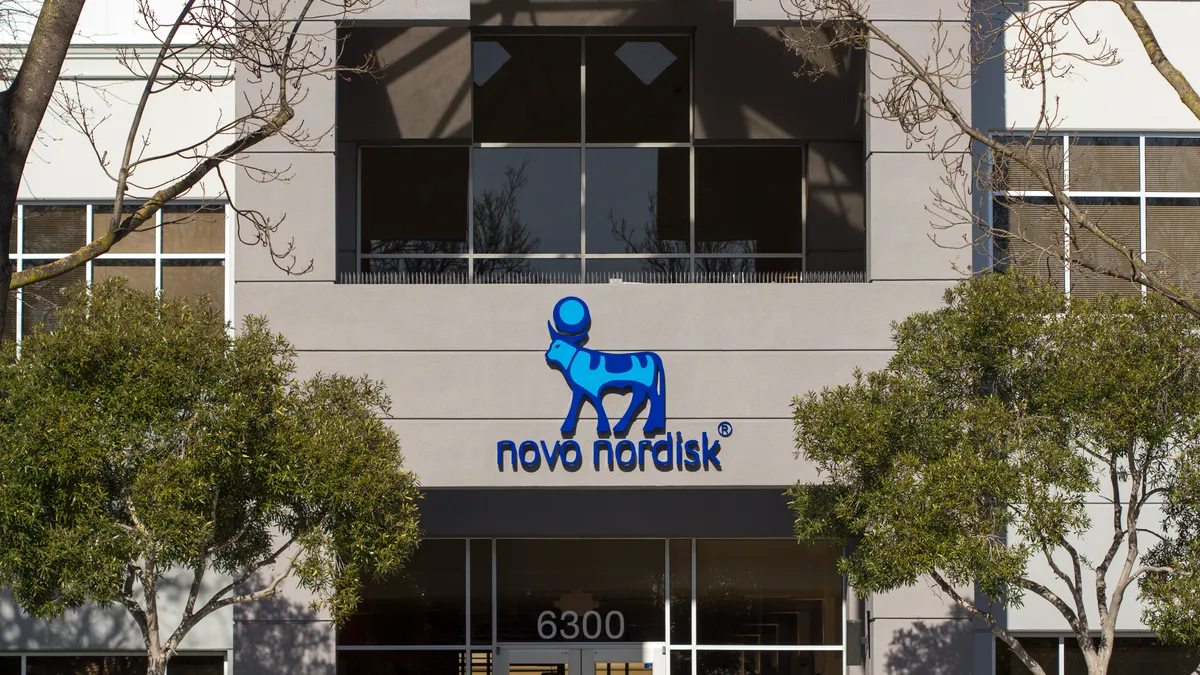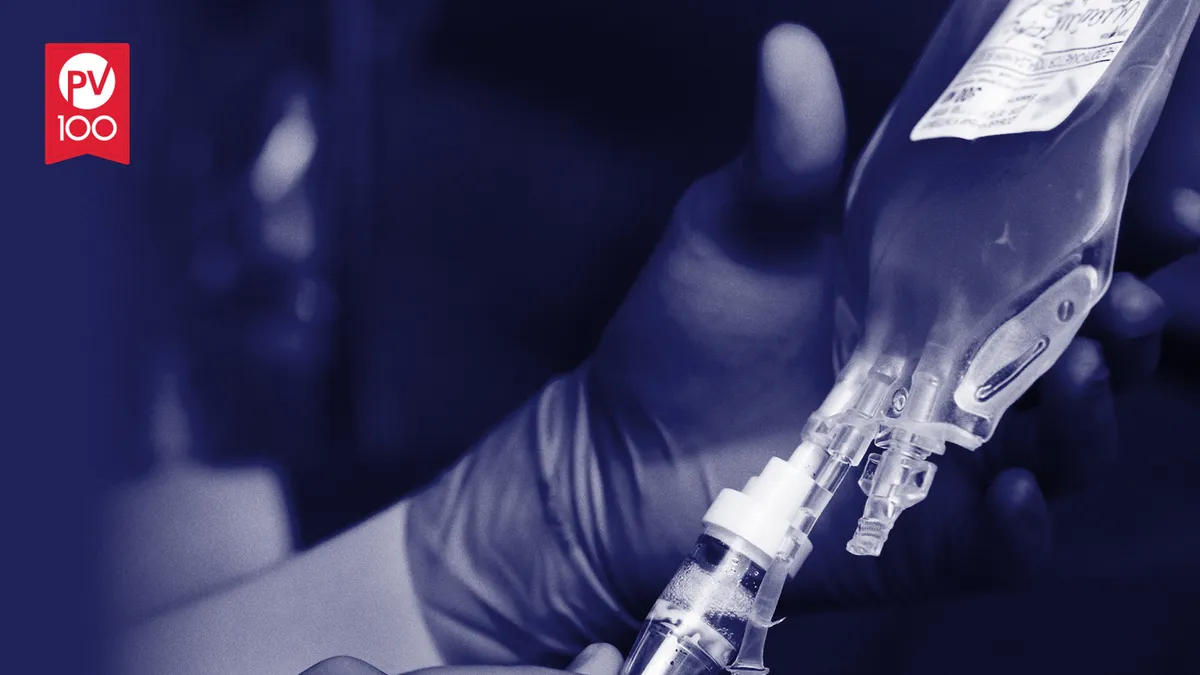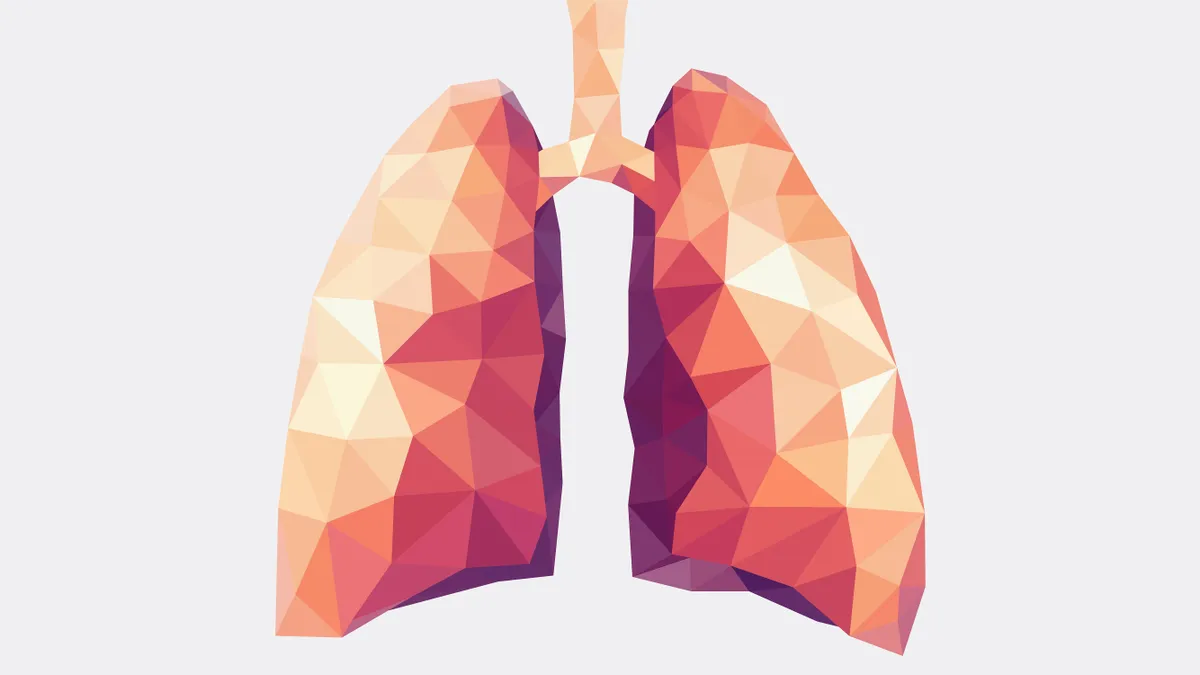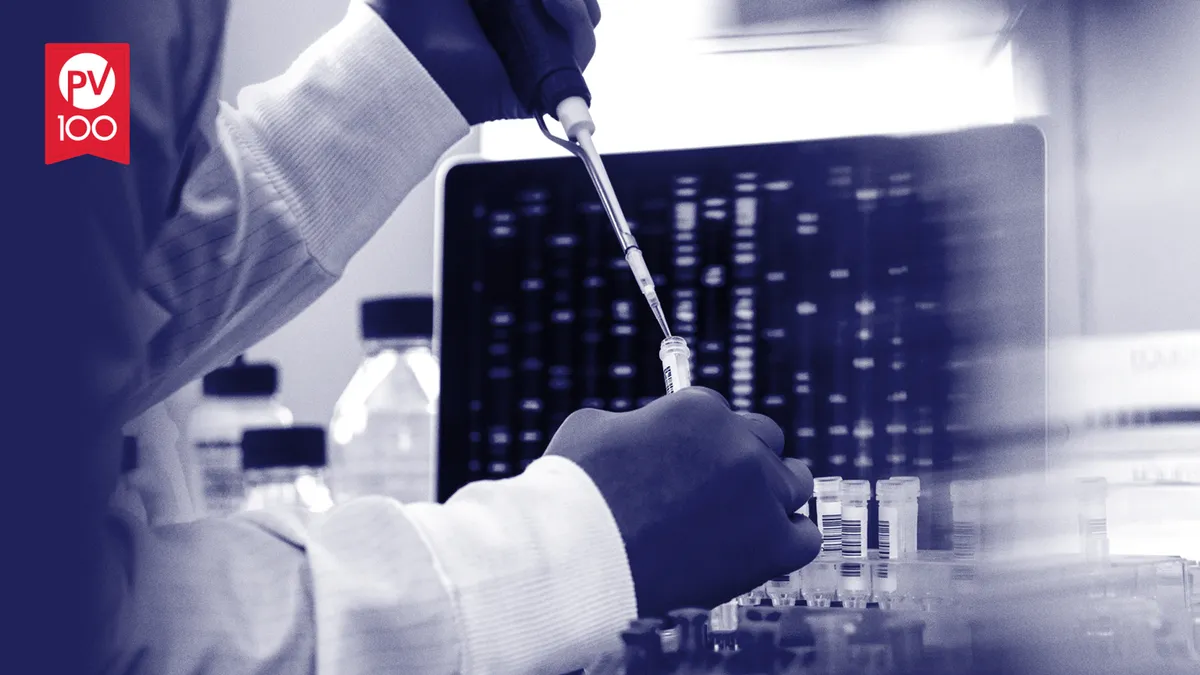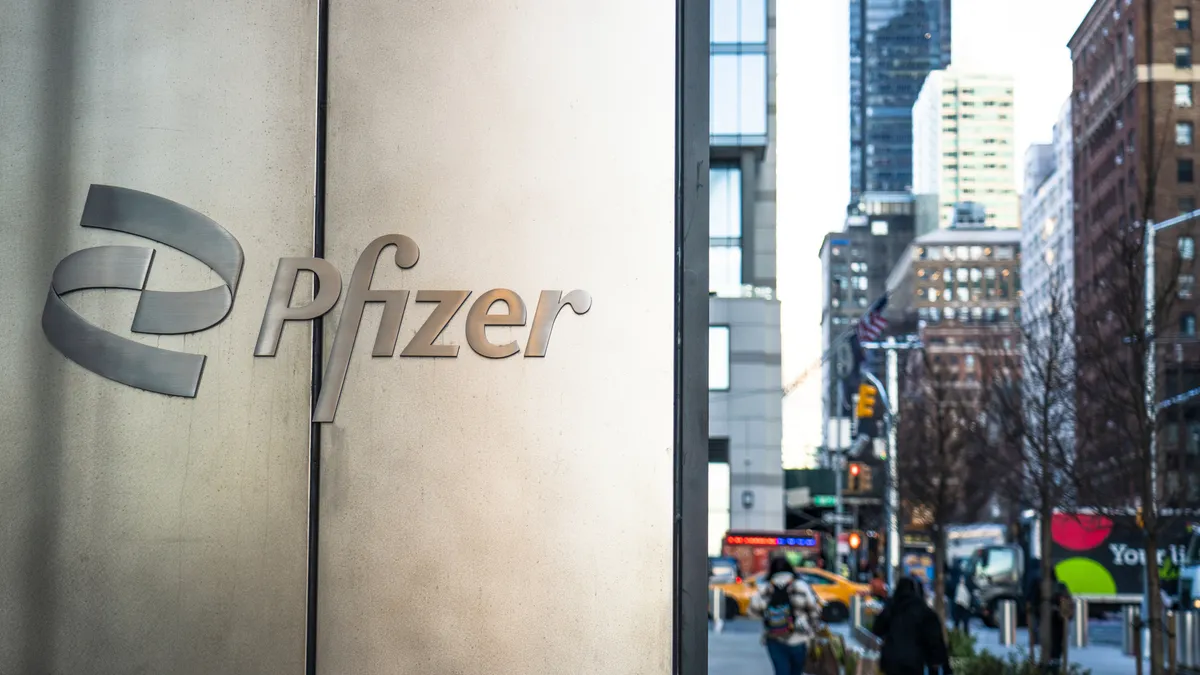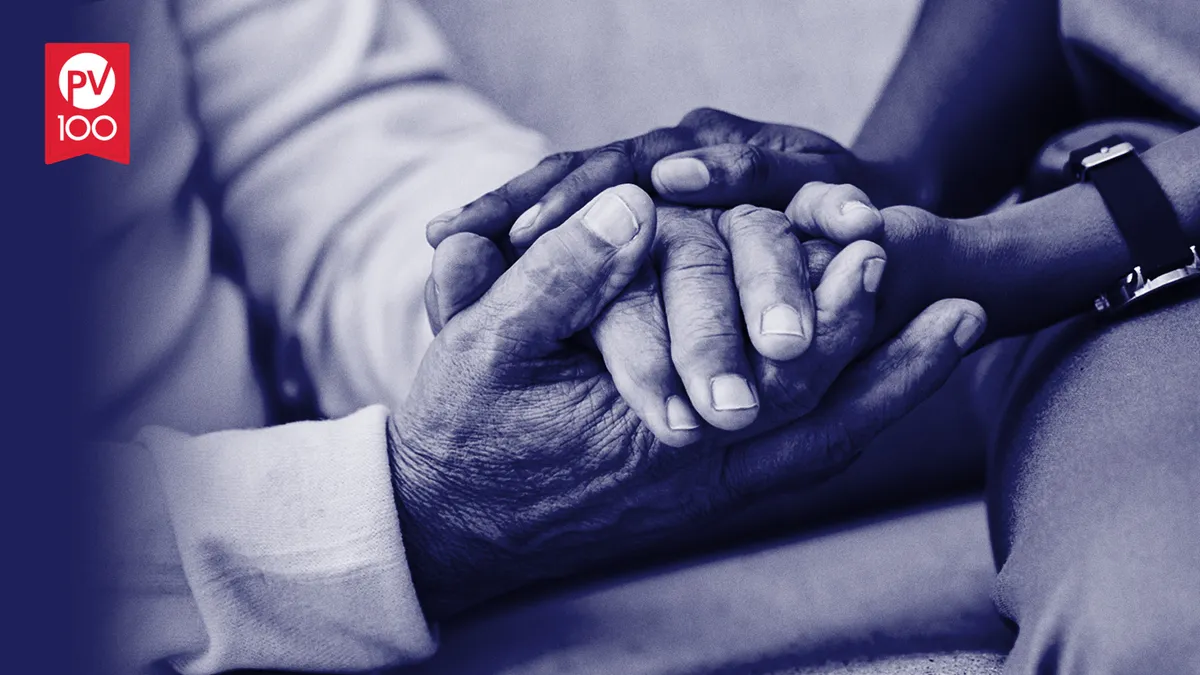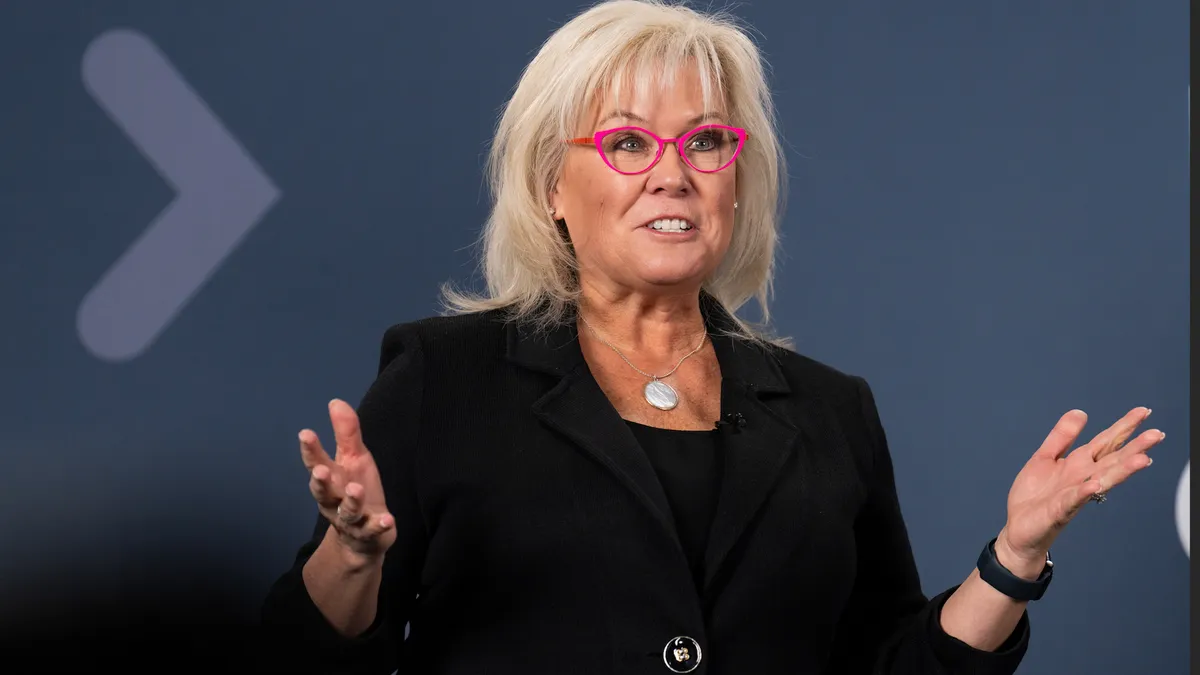Among the strategies Big Pharma is employing to achieve more equitable health outcomes, AI is now playing a larger role. For AstraZeneca, a series of AI-based partnerships and screening initiatives is setting the stage to gather and use data for cancer patients in neglected ZIP codes.
As it stands, innovation is outpacing health equity, widening the gap in oncology between patients who have access to novel medicines and those who do not, said AstraZeneca’s senior vice president and head of U.S. oncology Mohit Manrao.
Black Americans have higher death rates than any other racial group for many cancer types, according to the NIH’s National Cancer Institute. Furthermore, people without access to healthcare are more likely to be diagnosed later in their disease trajectory, putting them at greater risk of death.
“Science is moving so fast, but the job isn’t done after that,” Manrao said. “The challenge we have at a local level is that disparities are increasing, and more and more people fall through the cracks. Everyone in the system has good intent, but it’s important that as an industry, we embrace opportunities and collaborate to solve for it.”
AI is one of the most promising opportunities for improved health equity, Manrao said. By teaming up with diagnostic makers and AI companies, AstraZeneca wants to use data to expose the disparities in care, and address screening and access issues that exacerbate them. Manrao said AstraZeneca’s mission goes beyond developing oncology meds like the blockbuster Enhertu, which was originally approved for breast cancer in 2019 and recently scored a new expanded indication, and AI can find patients who need it.
"The secret sauce for us, and it’s not truly secret, is external collaboration. What stands out for us and for anybody who wants to move the needle for patients is that we can’t work in silos."

Mohit Manrao
Head of U.S. oncology, AstraZeneca
“There is no reason that a Black woman with breast cancer in New York should have different outcomes than a white woman living in California or Atlanta — the ZIP code lottery exists today,” Manrao said.
Here, Manrao discusses the effect data-driven AI can have on the understanding and mitigating disparities in cancer care, the partnerships AstraZeneca has sought to bring AI into the fold, and how the feedback loop will also help drive better R&D for more equitable outcomes down the road.
This interview has been edited for brevity and style.
PHARMAVOICE: How do you characterize the impact that AI can have on patients, particularly from a health equity standpoint?
MOHIT MANRAO: Availability of data has multiplied in a multitude of ways, both in terms of genomic data and multi-omics data at a patient level and a customer engagement level. Similarly, science, technology and data are converging very quickly, and that helps us believe we can have an impact on patients at every level. From a health equity lens, beyond our bread and butter in biopharmaceutical innovation, we want to start looking at the entire patient pathway and ask new questions. Are patients getting screened? What are the risk factors? Are they going to screening centers? Are they followed up appropriately in the system at the right intervals to be detected early?
Because of the socio-economic determinants of health, we need to have individualized interventions to solve for specific barriers that get in the way of a specific patient.
Because AI is trained using past examples, bias often finds its way into algorithms. How do you advance AI so that it can actually introduce progress rather than remain with the status quo?
It’s a super important point. Being aware of bias that would get into a system and putting checks and balances around it can help us look at health equity. Across the pharmaceutical value chain, it starts with inclusive R&D. We have drugs that get developed based on biosamples, and we’re working on creating diverse biosamples that are representative of the populations we serve. Of course, we can’t do that alone. So working at a local grassroots and community level to bring those diverse biosamples into drug development helps ensure that patient recruitment meets those goals.
For instance, at a clinical trial centered in a community in New Jersey that is 18% Black, we work with them to ensure that not only 18% is recruited from that community, but more so that we can help dig and gather data. And all this serves to help AI predict without bias.
Your AI strategy has been heavily partner-focused. How does a potential partner stand out within the AI boom?
When ChatGPT came out, it exploded into the world in a visible way, but we have been using AI in different parts of the value chain already. We have more than 700 data scientists who are AI experts working in different parts of our organization from early drug discovery to development to commercial organizations and operations. We’ve embedded them to think in terms of looking for partnerships — we can’t move forward alone. So looking at the right partners with the capabilities, values and vision in terms of transforming cancer care is very critical. For example, in early detection, there are a multitude of challenges. If we see that tissue-based screening is a challenge, we work with blood-based companies to look at how we can help improve their assay. That led us to work with Grail in that space.
Companies like Qure.ai can use technology to find lung nodules on X-rays that a naked eye couldn’t see, and companies like Clinithink have natural language processing that can go into electronic medical records. These are all important steps.
At the same time, let’s take the example of lung cancer — screening has been approved in the U.S. since 2013 and even a decade later, the uptake is dismal at only 5% to 6%. Socio-economic determinants are a barrier to lung cancer screening, and we’ve worked with the Association of Cancer Care Centers to understand and work with local communities, and use that rich data to inform where the pockets are, such as a rural Appalachian screening program for lung cancer in Kentucky.
Similarly, we just announced a partnership with the University of Maryland system across counties in the state to identify at-risk populations. These academic and community institutes play a big part in the data-gathering process.
As you collect data, how does that feed back into the drug discovery and development process?
It’s critical that we put patients at the heart of drug discovery and development. All this data, in many ways, unlocks opportunities to uncover true unmet needs for patients, and the bigger picture is we want to eliminate cancer as a cause of death. Understanding through these datasets why the disease is progressing and informing R&D by identifying patients earlier. The partnership with Grail, for instance, helps us not only identify patients but also to look at the data and [see] which patients within this group are high-risk and the kinds of interventions they need. So this is integrated across the internal value chain.
The secret sauce for us, and it’s not truly secret, is external collaboration. We don’t shy away from partnering with the right party. What stands out for us and for anybody who wants to move the needle for patients is that we can’t work in silos.



